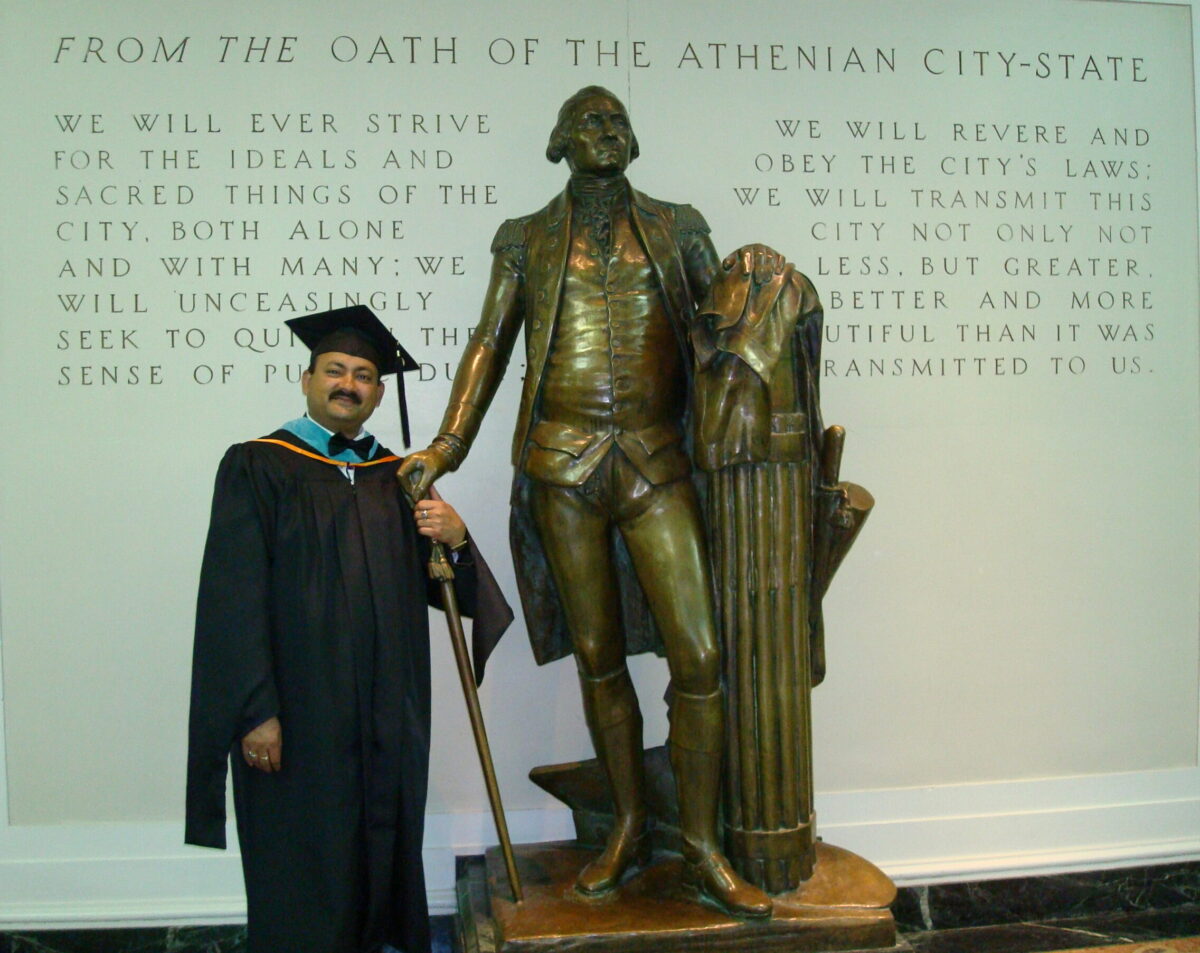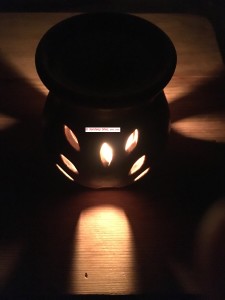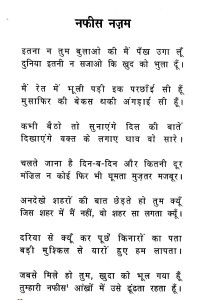ISTANBUL Besides its famed mosques and tourist spots, this ancient city offers a heady mix of spices and herbs in its bazaars, experiences Sandeep Silas

TURKISH DELIGHT Yes, Istanbul is very crowded but this vibrant city is full of life and rich in history
Istanbul had long teased my imagination. I had heard of it as glorious Constantinople, in the days of the Byzantine Roman Empire, its subsequent fame under the Ottoman’s, as Istanbul. It is a city which has contributed to political power, civil law, codes, art and culture, architecture and religion for many centuries and has today become a bridge between tradition and modernity. It has entered into the realm of cities those that have shaped civilisation and impacted the world. The whole problem was where to begin. There was so much to absorb at the same time. I quickly learned that it was built on seven hills. But where are the hills? Human habitation has quietly placed all the seven hills firmly under its seat. Yes, Istanbul is crowded.

The most famous monument I visited had this unmistakable stamp of history and the ages of Constantinople. The Hagia-Sophia is pronounced Aya-Sophia. This Church-Mosque-Museum of faith has been built thrice. The name means ‘divine power’ and the saga of its history says — 1,000 years as church, 500 years as mosque and thereafter museum. As it stands today, it was built during the reign of Emperor Justinanus and opened in 537 A.D. The plan is traditional basilica with a central dome. Together with three naves and its 107 columns it forms a splendid edifice. You look around and up and you keep wondering how huge it is and how delicately it has been decorated. Gold, silver, glass, colourful stones have been used to create an unparalleled effect. The grand mosaic work of the 6th Century is visible on the walls. A celebrated spot for the crowning of emperors was the famous mosaic floor under the central dome.
 Haiga-Sophia side view
Haiga-Sophia side view
It was turned into a mosque by Sultan Mehmed II in 1453 A.D. after Istanbul’s conquest. The Mihrab, pulpit, muezzin gathering place, preaching table, were added inside Hagia-Sophia in 16th & 17th centuries. More precious gifts came in from Suleiman the Magnificent and the later sultans.
Spectacle of faith
Once Turkey became a republic, Hagia-Sophia became a museum. What is of immense value today to humanity is the presence of the Mihrab and the mosaic image of Mother Mary holding infant Jesus at the same place — one on the ground, the other on the roof. It conveys the oneness of humankind and so much of God. I enjoyed this spectacle of faith present here because of history unfolding the way it did, now become a grim reminder and unifying symbolism. I greatly treasure the time spent here watching the carved pillars, discovering the seal of Theodora and Justinian in the columns, the other mosaics, the weeping column (originally part of the Temple of Artemis in Ephesus) and the streaming sunlight from the many windows of Hagia-Sophia.
 True respect for different religions inside Haiga-Sophia
True respect for different religions inside Haiga-Sophia
Close by is the Sultanahmet Mosque, also known popularly as The Blue Mosque, as the semi-domes and the inner of the central dome are decorated with blue calligraphy. It was built between 1609 and 1616 A.D. and in a way was viewed as a structure equalling Hagia-Sophia. One admirer has described it as the “unreachable symbol of lightness and elegance, with its six thin minarets and dome layout.”
Blue Mosque
In front of this Blue Mosque is the Hippodrome, now known as Sultanahmet Square. It was built by Roman emperor Septimus Severus in 203 A.D. and served as a meeting place for politicians, for chariot races and such other activities. Two Egyptian obelisks stand in the square sculpted with animals and motifs.
 Stained Glass inside Blue Mosque
Stained Glass inside Blue Mosque
The jewels and precious thrones inside Topkapi Palace remind you of the ultimate luxury in which sultans lived and ruled. First a Byzantine Acropolis in Seraglio overlooking the Marmara Sea, Bosphorus and the Golden Horn, it became the residence of the Ottoman sultans. It was built between 1460 and 1478 A.D. over 70,0000 square metres. The Bab-i-Humayun Gate separated it from the city and the Bab’us Selam connected it to the inner courtyard. All the administrative buildings are in this section. Most of the Turkish treasures are displayed in the museum here. Crowns, necklaces, the 86-carat Spoon Maker’s diamond, rubies and emerald studded turbans, weapons including Nadir Shah’s famed emerald dagger, thrones, porcelain, manuscripts and murals are not only captivating in sight but also in terms of being witnesses of history. Amongst the most holy and precious exhibits are the Staff of Prophet Moses, the hair from the beard of Prophet Mohammed, the cup and coat of The Prophet and his holy mantle. Little did I know that the most famous opera of Wolfgang Amadeus Mozart, “The Abduction from the Seraglio”, completed in 1782, is inspired by a sad tale, with Topkapi (Seraglio), as the scene of an agonising separation! It tells of a Spanish nobleman, Belmonte, whose beloved has been kidnapped by pirates and sold to The Pasha who dwells in Seraglio. Dolmabahce Palace, on the bank of the Marmara Sea, became home for the sultans from 1856 A.D. onwards. It was ordered to be built between 1843 and 1856 A.D. Two interesting facts about Dolmabahce deserve mention. One, that its architectural design has eclectic elements from Baroque, Rocco and Neo-Classical styles blended with traditional Ottoman architecture. Second, that about 14 tonnes of gold in the form of gold leaf was used to gild the ceilings of the 45,000 sq. metre mono-block palace! The world’s largest Bohemian crystal chandelier in this hall, a gift from Queen Victoria, has 750 lamps and weighs 4.5 tonnes! Now, people flock here to see Mustafa Kemal Ataturk’s deathbed in Dolmabahce. The founder President of Turkey died in this room in November 1938 after an illness.
 Dolmabahce Palace Gate
Dolmabahce Palace Gate
At the Egyptian Market, the Nazar Boncuk was everywhere. It characterises Turkey, protecting the holder from affectation by the evil eye. Two tastes and colours were prominent here—a sweet called Turkish Delight and spices.
 Egyptian Market
Egyptian Market
I think these are the two distinctive tastes of Istanbul—sweet and spicy! Spicy, in the sense of taste that enhances the flavour; and sweet, which makes time measure up to a cup of delight! My last image while leaving Istanbul is of the Byzantine City Wall, which has been preserved wherever possible.
The wall has crumbled with ravages of time, empires have been broken, the republic is born, and Nazar Boncuk now keeps Istanbul safe.
 Sandeep Silas at Istanbul
Sandeep Silas at Istanbul
(Published in The Hindu, February 13, 2012)
Note: Except opening picture, all other photographs added now
Link:
http://www.thehindu.com/todays-paper/tp-features/tp-metroplus/sweet-and-spicy/article2886865.ece
Please follow and like us:
![BEAUTIFUL THOUGHTS by [Silas, Sandeep]](https://images-eu.ssl-images-amazon.com/images/I/51T%2BzYeK4uL.jpg)
































